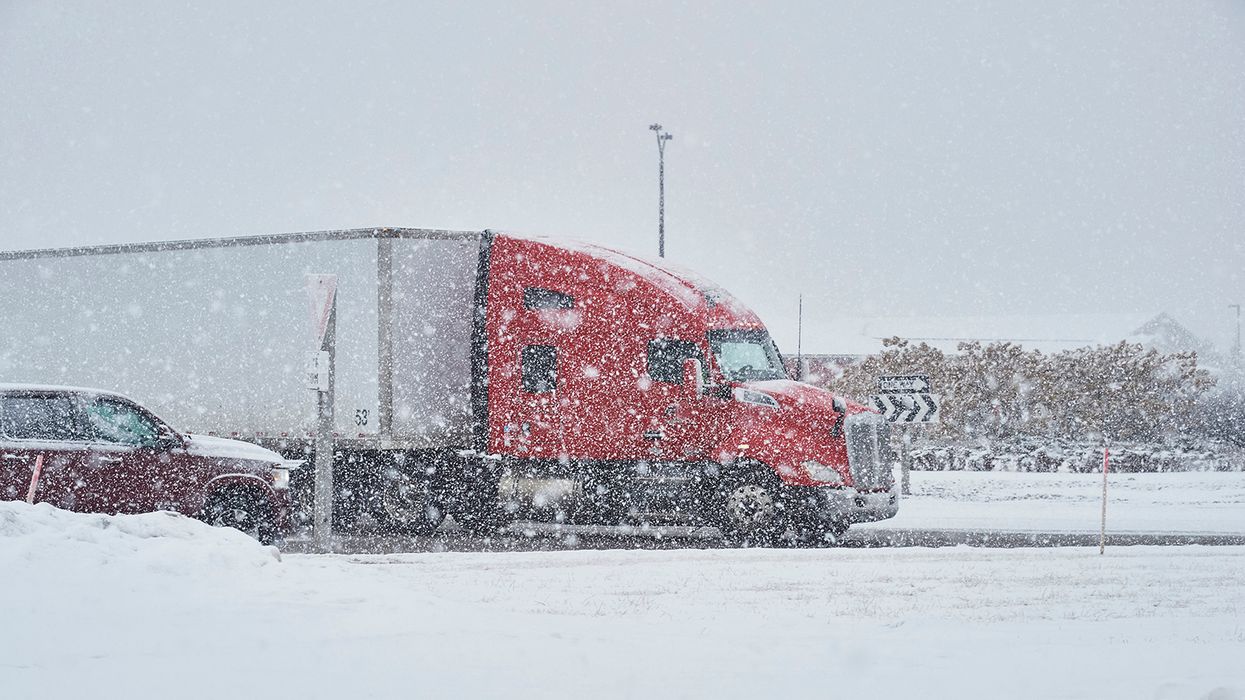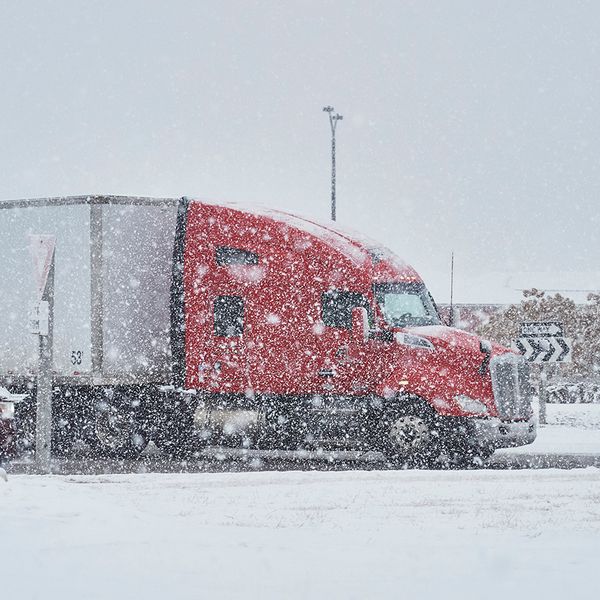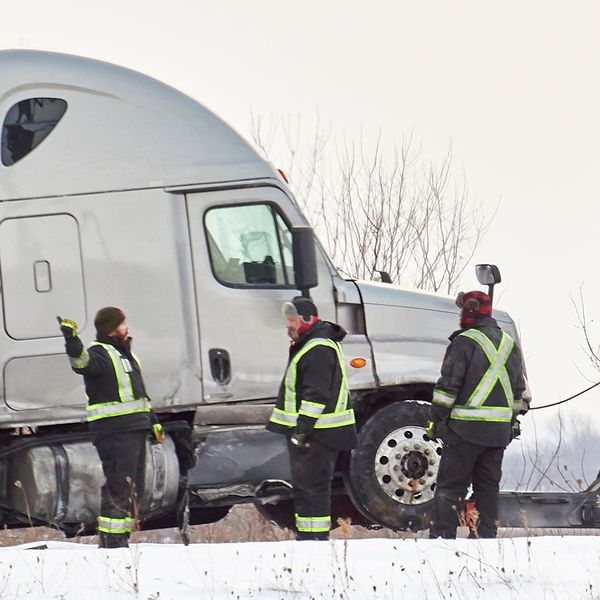How to avoid the slippery slope: Winter driving safety tips
Winter is right around the corner, and you know what that means: snow, ice, and slippery roads. Driving a truck in winter can be challenging, but not impossible. Winter driving is part of a professional driver’s life. It can pose many challenges for truckers, and it must be taken seriously. The two greatest concerns with winter driving are visibility and traction. Obviously, you always want your drivers to maintain as much of both as they can, but there will come a time when they find themselves desperately short of one or the other. When it happens, the key is that they react properly and not to panic.
Here are a few basic tips to help your drivers stay safe and comfortable on their trips.
Obscured from view
Nothing can prepare drivers for that white knuckle moment when the blowing snow completely obscures their view of the road. They cannot react to what they can’t see. Be sure to have a conversation with your drivers about what they might encounter. For example, if their vision is suddenly obscured by blowing snow or blizzard conditions, they must resist the urge to stop. Since they’re a prudent professional driver, they will have already slowed down to adjust to the changing conditions, right? In such driving conditions, ensure your drivers know to maintain situational awareness so that they know what’s out front, even if it’s temporarily obscured from view.
Remind them to maintain course and steer carefully. It may help them to glance at the shoulder of the road and gauge its position to help maintain position in the lane. However, everyone tends to steer in the direction they’re looking, so prolonged staring at the shoulder can cause the truck to drift in that direction. Drivers should glance — not stare — at the edge of the road as a lane position guide.
Finally, talk to them about prolonged poor visibility. They must drive at a speed at which their forward vision is at least equal to the stopping distance and never over-drive their headlights. Since they may have slowed down because of the poor conditions, they should continue on course and resist the urge to apply the brakes. Remember - they don’t know how the driver behind them is reacting to the situation.
Traction is everything
Loss of traction in snowy/icy conditions doesn't happen because they are driving on ice. It means your driver is hydroplaning on an almost microscopic film of fluid water between the ice and the surface of the tires, which results in less traction.
Many drivers overestimate the amount of traction they have in winter, or they don’t fully understand the threats that exist to what little traction they have. The threat to many drivers is a tire tread that’s too shallow, or low-rolling-resistance tires that have naturally tight tread patterns and fairly shallow treads.
If the tire condition is marginal, your drivers are at greater risk of a traction shortage. The worst-case scenario on an icy surface is a lightly loaded truck with over-inflated tires and shallow tread.
The actions of your drivers need to be controlled and deliberate. Hard acceleration, hard braking, and sharp curves all decrease traction. Maintain a consistent speed, open up the distance between themselves and the vehicle ahead, and go easy on the brakes.
Be smooth and ready
Being prepared before they start their trip will certainly help them to stay safe. Planning ahead by checking the weather forecast and road conditions will help them avoid driving in hazardous conditions. Making sure the truck is well-maintained and equipped for winter driving is key. Don't tailgate, cut off, or block other vehicles, and remember to move over and give extra space to snow plows, emergency vehicles, and cars.
Driving in winter can be tiring and stressful so encourage drivers to take frequent breaks to stretch their legs and drink some coffee or water. They need to stay alert and rested. Remind them if they feel too tired or unsafe to continue, they must pull over at a rest area or truck stop and get some rest.
Driving a truck in winter can be safe and comfortable if these tips are followed and you train your drivers to be courteous and respectful to other drivers and adjust their driving actions to the conditions.
Key to remember: Winter driving can be challenging even for experienced truckers, so it’s important they adapt their driving styles when driving in poor weather conditions, especially on snow-covered or icy roads.


















































